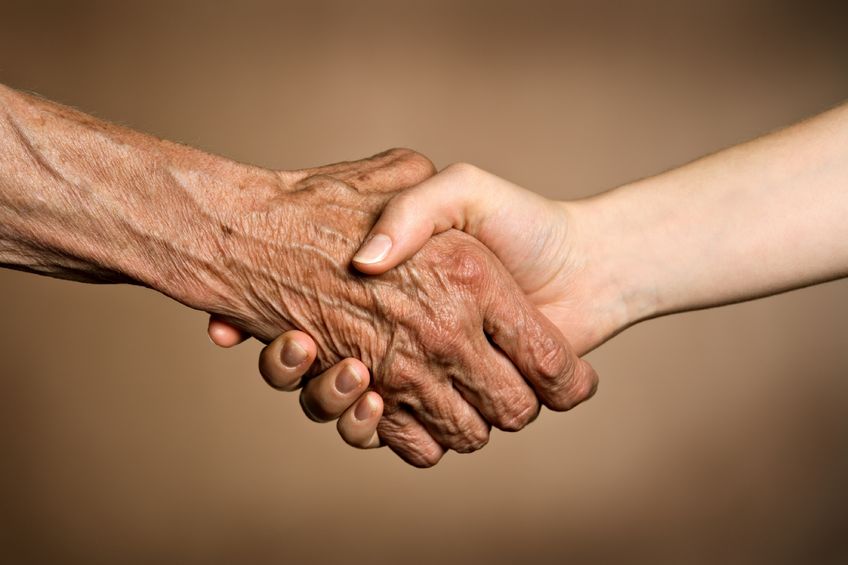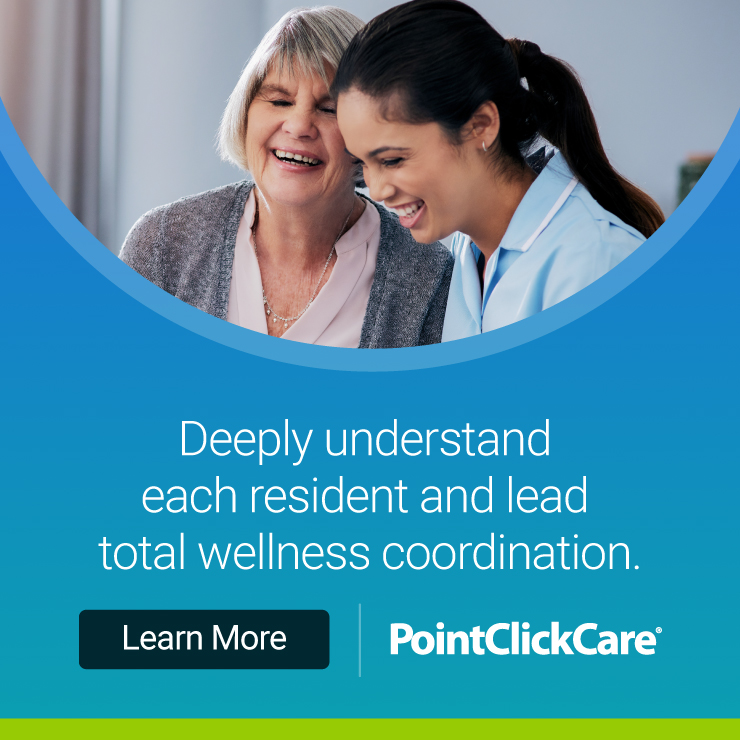“Virtually all young people need more attention and guidance from their elders than they are currently receiving.”
By Sally Gelardin
“Virtually all young people need more attention and guidance from their elders than they are currently receiving.” *
~ William Damon, Professor and Director of the Stanford Center on Adolescence
Since older people are living longer and healthier and are well-suited to meet the needs of youth, and since there are now more older Americans than younger, it’s time these two populations team up to the benefit of both groups. The question is “HOW?”
How Intergenerational Relationships Can Benefit Society
In Hidden in Plain Sight: How Intergenerational Relationships Can Transform Our Future, Stanford University’s Longevity Center recommends five practical strategies for how intergenerational relationships can benefit society:
-
Build bi-directional relationships
-
Identify mutual interests and characteristics
-
Define commitment
-
Encourage multiple adult role models and Teams
-
Train for success
1. Build Bi-Directional Relationships
To have a meaningful relationship with anyone, including those of different AGE or stage of life, both parties in the relationship need to feel that they contribute something important and receive something valuable. That applies to EVERYONE in elder living communities and in the greater community . . . to line staff and management, family members, partners in marriage and other intimate relationships, volunteers and care partners. It also applies to every ability, background, sexual preference, and other diverse identifiers.
2. Identify Mutual Interests and Characteristics
The report notes that to streamline the process of meeting each other’s needs, it can be helpful for both older folks and youngsters to identify their own strengths and needs. The goal is to match one participant’s strengths with the needs of the other, and vice versa. The relationship is two-way. The more matches that can be identified, the greater likelihood a meaningful relationship will be formed.
3. Define Commitment
If participants are meaningfully engaged, they will commit to a relationship or activity. This applies to both on-site and distance communication. For example, 2.6 million people play video games around the world, including 23% of American households (Nearly 9% of young players are addicted to their games (Video Game Addiction Tries to Move From Basement to Doctor’s Office, by Tiffany Hsu, NY Times June 17, 2018).
According to Jane McGonigal, four elements: (a) goals, (b) rules, ( c) feedback, and (d) voluntary participation, are powerful motivations to play games. Games don’t have to be competitive, isolating, violent, or unhealthy. They can make us happy, inspire participation, and motivate hard work. Staff, volunteers, and community members can happily commit to participating in games that include the core four elements: (a) goals, (b) rules, ( c) feedback, and (d) voluntary participation, without some of the prevailing negative characteristics typical of many games.
4. Encourage Multiple Adult Role Models and Teams
A delightful way individuals from high school on up through later years can identify their strengths, resources, and needs is the Who You Are MATTERS! board game, which is played like a bridge game in groups of four. Players have an opportunity to both give and receive feedback and explore possibilities of how to use their interests, experience, skills, and talents in a way that meets their own needs, as well as the needs of others. The following chart in the report exemplifies how oldsters and youngsters can match their strengths/resources with needs (p. 32).
5. Train for Success
Training is important for both elders and youth. Brainstorming sessions with teens can be helpful to identify how they would like to volunteer with elders. Brainstorming sessions with elders can be helpful to identify how they would like to mentor/volunteer with younger age groups. Each group’s fears, negative stereotypes of the other group, and positive, beneficial qualities can be explored (Stanford’s Longevity Center’s Hidden in Plain Sight, p. 37 ).
The report identifies the following strategies for building a scalable intergenerational movement:
-
Creating a National Initiative (Peace Corps, GI Bill, Corporation for National and Community Service, Senior Corps, Foster Grandparents Program (FGP), Senior Community Service Employment Program.
-
Developing A Clearinghouse
-
Establishing a National Communication Campaign on the Talents of Older Americans
-
Establishing Intergenerational Zones
-
Pledging to Create Intergenerational Cities
-
Young-Old Pairings in Public Schools
-
Creating Local Tax Incentives (to reward older adults’ volunteer work with youth)
-
Involving the Business Community
-
Providing Financial Incentives to Individuals
-
Providing Volunteer Training
Communities throughout the country are creating age-friendly environments that challenge cultural norms and stereotypes. They are developing policies, funding options to promote intergenerational progress. In addition, civic and charitable organizations and corporations are providing incentives to encourage involvement of older people to help remove barriers that impede engagement.
Marin County’s First Age-Friendly Intergenerational Center
This spring Corte Madera opened the first age-friendly intergenerational center in Marin County. Mayor Carla Condon said, “For the center, we’ve created an inviting space for all ages, ranging from pre-school kids to senior citizens. We offer programs in drawing, watercolor art, chair yoga, 3D printing, movie/book reviewing, singing for fun, crafts and storytelling for preschoolers. We even have teen techies offering assistance to older adults with their iPhones, iPads and laptops. This innovative concept helps prevent senior isolation, provides enrichment programs to a variety of ages and interests, responds to community concerns about the need for teen activities and increases multi-generational engagement and a sense of community.”
Intergenerational centers, such at Corte Madera’s, are opening their doors to young and old elders aging at home, care partners, and those in elder communities, as well as to pre-schoolers, K-12, young people, families. individuals and groups, folks of all ages and stages. Everyone has an opportunity to both learn and contribute. Activities are scheduled for both mixed age groups and age-specific groups. Intergenerational centers can integrate individuals from these disparate populations to form meaningful, reciprocal relationships.
Changing Aging and Eden Alternative Establish Alliances with Higher Education
Dr. Bill Thomas, leading senior living innovator, authority on geriatric medicine and eldercare, and his partner Jude (co-founder of the Eden Alternative), are “hitting the road to make gratitude multi-generational.” Bill says, “We decided to start connecting our friends in higher education (students and faculty) with you, friends in senior living.”
Moving Forward
As an active member of Corte Madera’s two-month old Age-Friendly Intergenerational Center, I meet bi-weekly with a planning committee. At the Intergenerational Center, I facilitate a film/book club and am tutored in technology by a high school techie. I was invited to serve as Chief Elder Officer (CEO) by a robotics entrepreneur with whom I consult, and have weekly visits and excursions with my pre-school age grandson, and other parents/grandparents/grandchildren. Having served as a regional director of engagement and education for a group of assisted living communities in the SF Bay area, and in my current role at the Intergenerational Center, I continually invite K-12 students, students in higher education, and older adults to enjoy intergenerational volunteer opportunities. Admittedly, I am an intergenerational advocate and shall remain so the rest of my life.
What role are you playing and/or leading your organization to mentor, guide, and learn from young people?
Footnote:
*Damon, William. The path to purpose: How young people find their calling in life. Simon and Schuster, 2009, p. 50.







